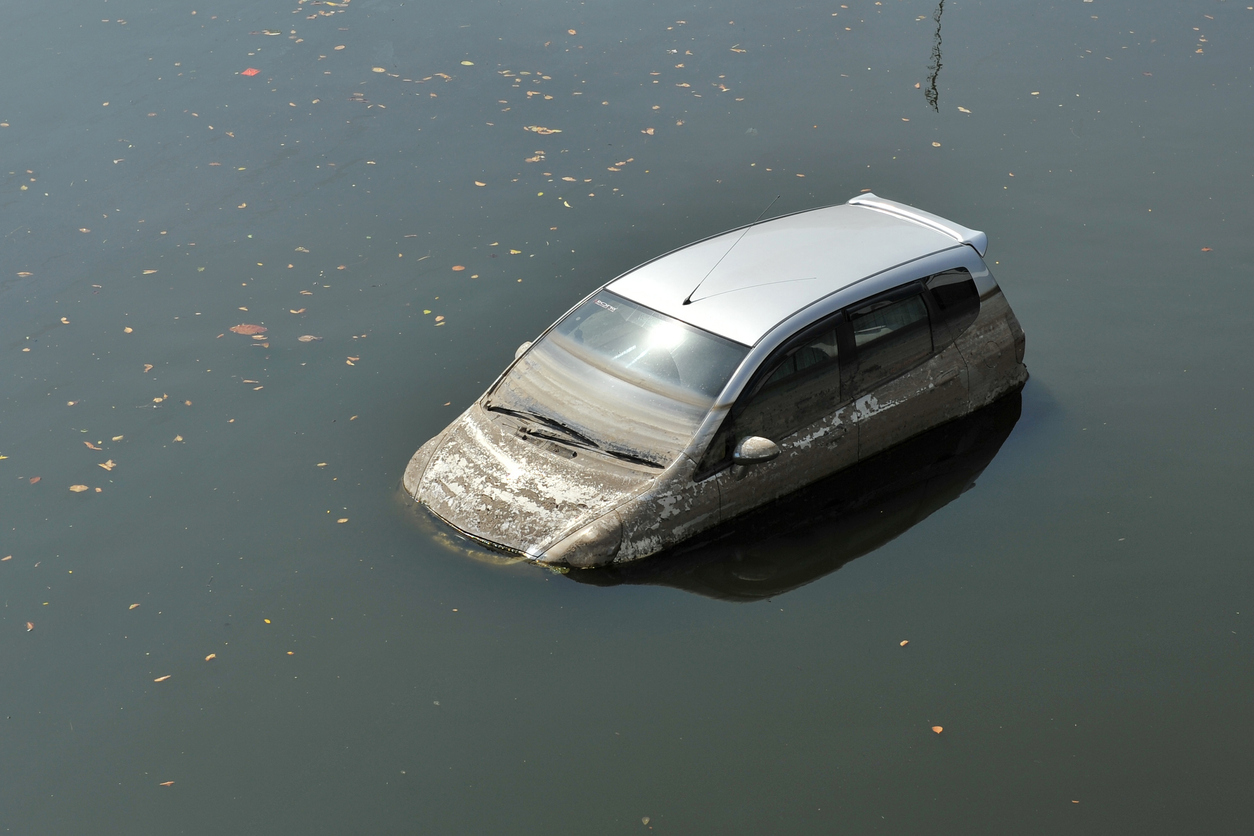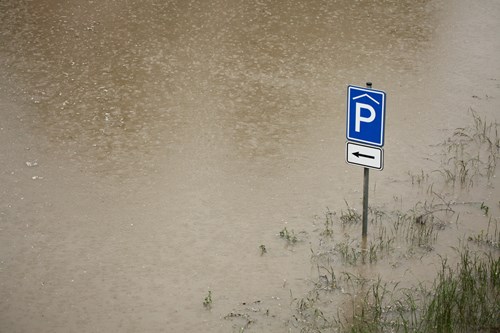
This week has seen torrential rain in the city where our head office is based. Train stations, homes, roads, and city infrastructure were flooded after 4 hours of rainfall hit the city. This is not the first instance of flooding this year, with alerts issued in February, May, June, and July. With no sign of extreme weather conditions letting up, this week's blog turns to how to protect parking facilities and infrastructure from rainwater damage, and how to prevent occurrences like this in the future.
Whilst it can be said that safeguarding homes and businesses needs to be priority number one during flooding instances, parking facilities cannot be overlooked. Protecting and reinforcing these structures can prevent property damage, car damage, and health risks, and protect surrounding infrastructure from runoff flooding.
Just last month, an underground car park in Dublin was left completely underwater when stormy weather resulted in flash flooding. Cars were submerged and the flood water rose to flood nearby streets as well. Approximately 17 cars and houses were suspected to be damaged, as well as the underground structure itself.
This week, flooding was so bad that highways in Limburg, The Netherlands were closed to prevent any further damage or accidents. Earlier this month, streets and an underground car park were left fully submerged in floodwater in Hong Kong.
These flooding events can cause immediate but also long-term damage. Over time, persistent floods can weaken structures, risking eventual collapse. Electrical and debris damage can pose risks to clean-up crews, not to mention the cost of repairing or replacing these structures.

So how can we protect our parking structures and surrounding areas against force majeure?
There are several things we can do, such as:
Elevated Parking Structures
One of the most effective ways to prevent flood damage in parking facilities is by building them above ground level. Elevated parking structures are designed to withstand flooding by lifting the parked vehicles out of harm's way. These structures can be built on columns or pillars, creating a safe distance between the cars and potential floodwaters. Elevated parking facilities are particularly beneficial in flood-prone areas and can save both property and lives.
Permeable Surfaces
Incorporating permeable surfaces in parking facilities can help reduce flood damage. Instead of traditional asphalt or concrete surfaces, permeable materials allow rainwater to penetrate the ground, reducing the risk of surface flooding. Permeable pavers, for example, can be used in parking lots to enable water to percolate into the ground and replenish groundwater supplies. This approach not only prevents flood damage but also helps manage stormwater runoff, which can protect surrounding areas as well as the parking lot itself.
Flood Barriers and Retention Ponds
Installing flood barriers around parking facilities can create a protective barrier against rising floodwaters. These barriers can be temporary or permanent and are designed to keep water from infiltrating the facility. Additionally, the construction of retention ponds or basins near parking facilities can help collect excess water during heavy rains, preventing it from flooding the parking area. These retention ponds can be designed to slowly release water into the drainage system, reducing the risk of sudden floods.
Drainage Systems
A well-designed drainage system is essential for preventing flood damage in parking facilities. It ensures that water is efficiently directed away from the parking area and into proper drainage channels. Properly maintained drains and gutters can prevent water from accumulating, which can weaken the foundation and lead to structural damage. Regular inspections and maintenance of drainage systems are critical to their effectiveness in flood prevention.
Flood Warning Systems
Incorporating flood warning systems into parking facilities can provide early alerts to staff and visitors, allowing them to take precautionary measures when a flood is imminent. These systems can include sensors that monitor water levels and provide real-time data to designated personnel. Having a well-established communication plan and emergency procedures in place can significantly reduce the risk of flood damage and ensure the safety of everyone in the facility.
Although there are options for protecting our infrastructure against natural disasters, it requires a combination of funding, community, and governing bodies' support to make the changes needed to prevent further incidents of damage from the elements.
Of course, prevention is better than cure, and if you are interested in learning more from industry experts on the effect climate change is having on the parking industry, you can check out their opinions on the matter below.
Like this blog? Engage with us on LinkedIn and let us know!





